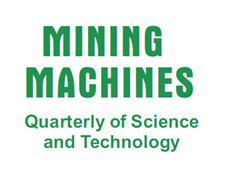Page 9 of 11
Municipal wastes segregation by dry methods
P. WODZIŃSKI
S u m m a r y
Wastes segregation is the problem which arises around the world. The selective scrap collection i.e. segregation at place of their generation can only partially solve the problem of their recycling or their re-utilization by known methods. Especially in municipal agglomerations the selective wastes collection can be partially realized. The article describes a development of scraps segregation method at the municipal waste dumps. The work concerns both the technological issues and apparatus problems i.e. design of machines and equipment in which the process is realized. A scrap segregation technological line consists of the autonomous devices that can be arranged in any configuration under umbrella roof or solid ground. All the devices are linked with the special flight-bar feeders, what can enable to direct wastes stream to any machine and equipment (in dependence on the conditions). The suggested technological line, designed for the communal wastes segregation, can be optionally changed by adding or removing its components or even by adding new technological operations. Addition or removal of machines and equipment can result from user’s requirements, which would want to segregate the wastes more precisely. The author is conscious that his proposal will not replace the selective waste collection but can be its completion. The article tries to present each of the process phase in municipal wastes segregation.





 Badanie bezpieczeństwa wyrobów
Badanie bezpieczeństwa wyrobów Klaster Maszyn Górniczych
Klaster Maszyn Górniczych